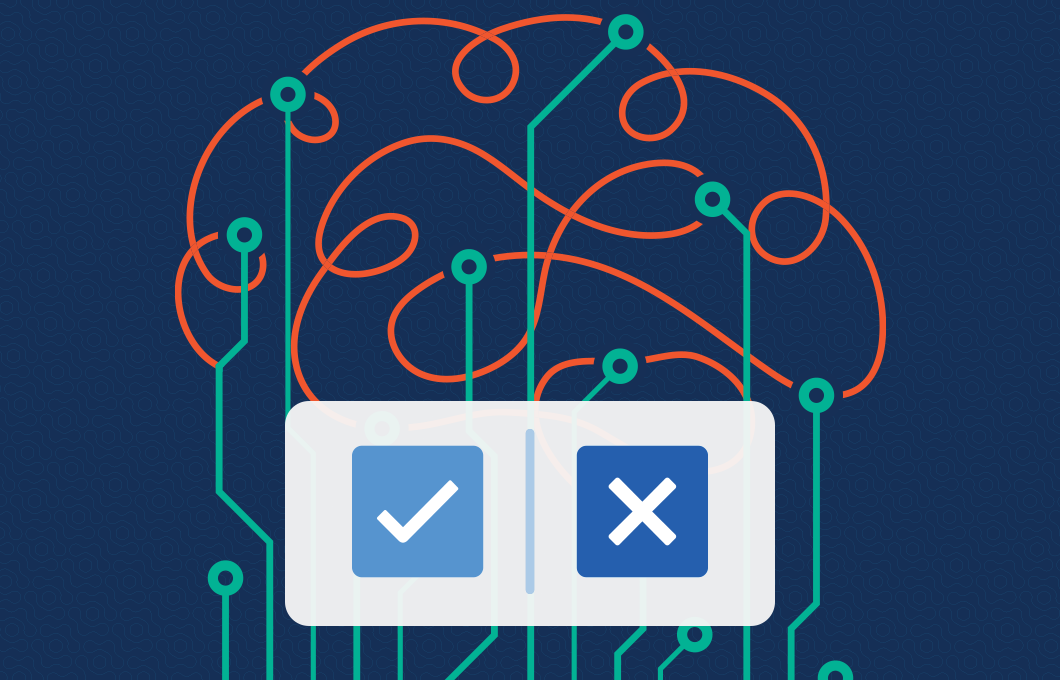Sign up below.
The volume of language data managed daily by enterprise organizations continues to grow at an exponential rate. Those organizations that process and understand their data most effectively will quickly establish an invaluable competitive advantage. This data challenge (and opportunity) has put the spotlight on natural language processing (NLP) and natural language understanding (NLU) technologies and the capabilities they can offer the enterprise.
Where can organizations most benefit from NLP/NLU? Which AI approach is best suited to carry out specific tasks? Symbolic and machine learning approaches are the most common approaches leveraged for artificial intelligence-based language models. However, despite the benefits and advantages each approach provides, the reality is that they are much more powerful together in a hybrid approach.
In this white paper, we break down the core criteria you should consider when evaluating a natural language understanding approach, regardless of the business case. Read along to discover how a hybrid approach:
- Impacts computational cost and carbon footprint
- Helps establish explainability for your language model
- Optimizes the scalability of your language model

